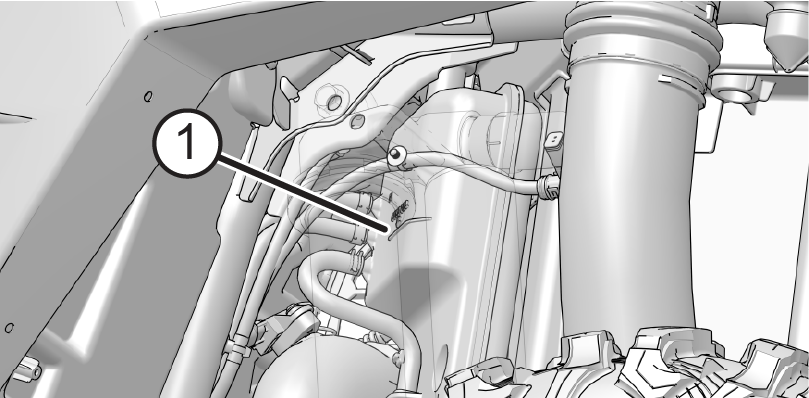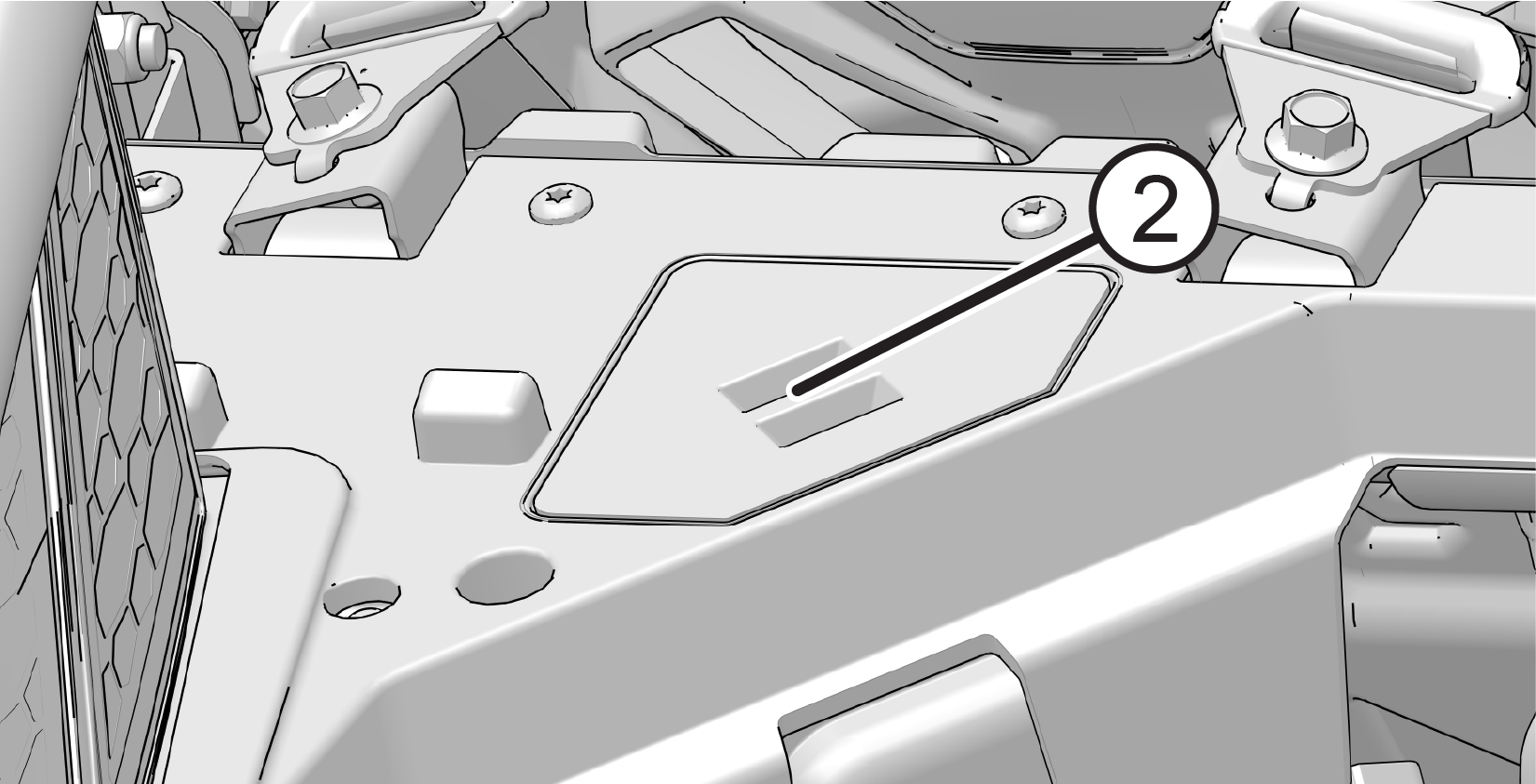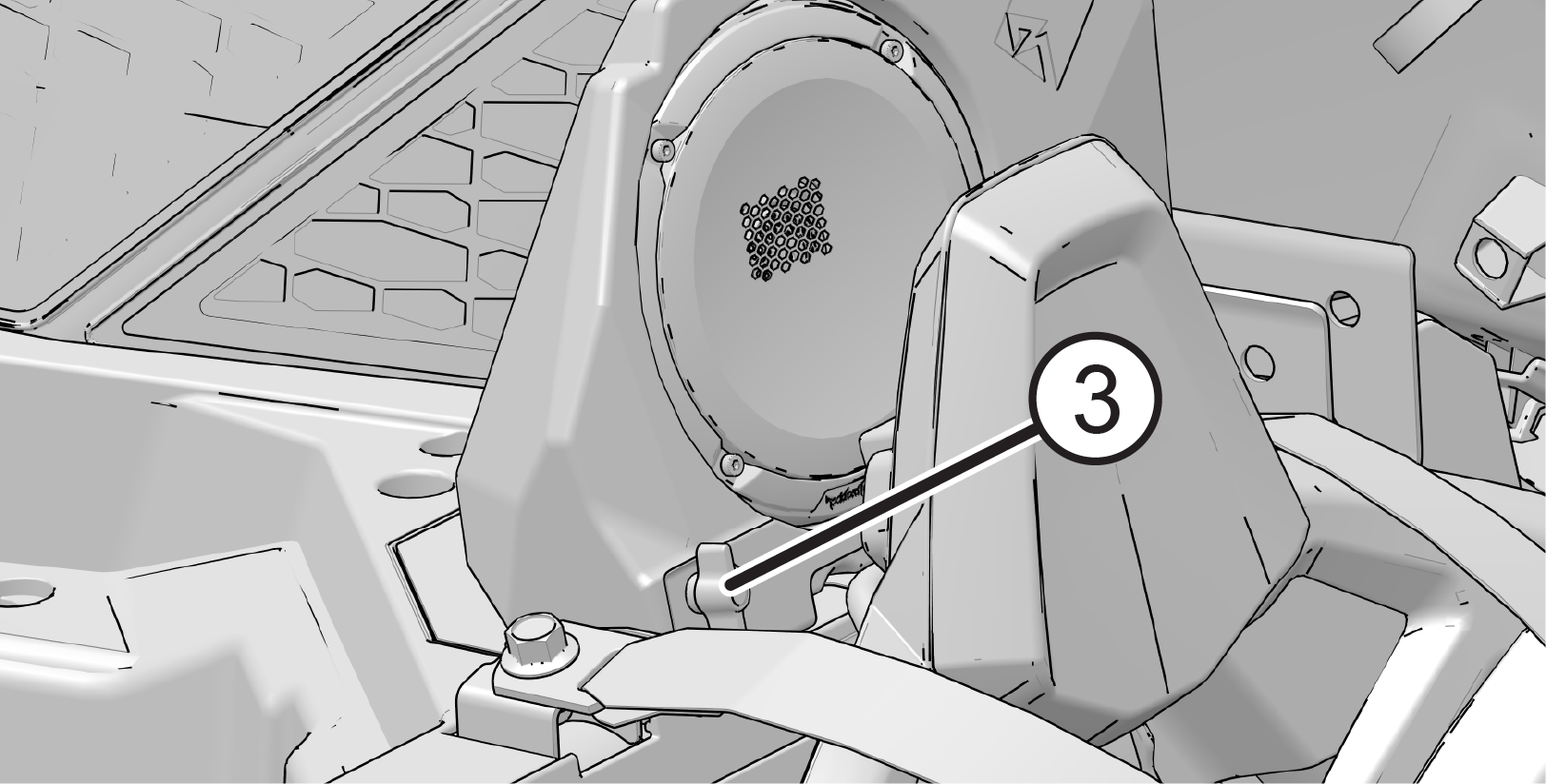
Content Source: 2020 RZR PRO XP and PRO XP 4 Owner’s Manual (9929980 R01) > Maintenance Chapter
| IMPORTANT |
|
The Owner's Manual for this vehicle contains warnings, instructions and other information you must read and fully understand before safely riding or performing maintenance on this vehicle.Always follow the warnings and instructions in Owner's Manual. Click the CONTENTS link above for the Table Of Contents, or download a full PDF of the Owner Manual in the Owner Support area of Polaris.com |
| Escaping steam can cause burns. Never remove the pressure cap while the engine is warm or hot. Always allow the engine to cool before removing the pressure cap. |
| NOTE |
| The cooling system can cause audible liquid flowing noises as the vehicle cools down after operation. This is considered normal for the vehicle. |
| TIP |
| Some coolant level drop on new vehicles is normal as the system is purging itself of trapped air. Observe coolant levels and maintain cold coolant level as recommended by adding coolant to the pressure tank. |
| caution |
| Escaping steam can cause burns. Never remove the pressure cap while the engine is warm or hot. Always allow the engine to cool before removing the pressure cap. |

| TIP |
| Ensure engine has cooled off prior to checking. |



| TIP |
| Use of a non-standard pressure cap will not allow the recovery system to function properly. Your authorized dealer can provide the correct replacement part. |
| TIP |
| If coolant must be added often, or if the pressure tank runs completely dry, there may be a leak in the system. Your authorized dealer can inspect the cooling system. |
| NOTICE |
| Washing the vehicle with a high-pressure hose could damage radiator fins and impair a radiator's effectiveness. Using a high-pressure system is not recommended. |
© Copyright Polaris Industries Inc. All rights reserved.